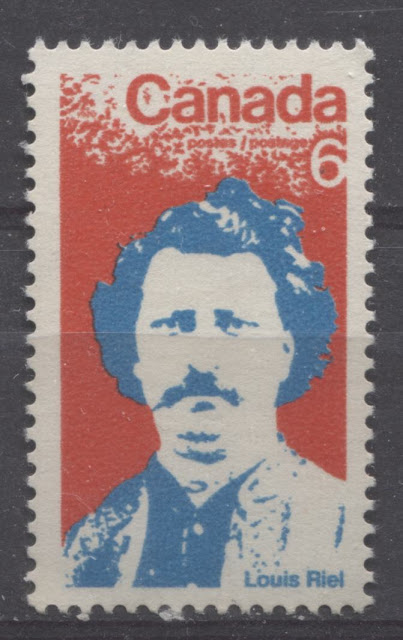The Commemorative Issues of 1972 - Part One

This is my last post before my Christmas break, and my second last post before I get into another very long series of posts for the 1972-1978 Caricature Issue. This week, I have explored the first four commemorative issues of 1972. Like the previous issues of 1971, a good grounding in the paper varieties of these stamps will prove to be a very useful reference for the specialist of the 1967-73 Centennial issue, who is trying to sort the 1972 printings of some of the stamps from the 1971 printings, as the stamps of 1972 exhibit characteristics that were not seen on the earlier stamps. In my detailed post I go through the usual discussions of paper types, fluorescence, gum and perforations. There are several things though about these issues that stand out: There are more se-tenant stamps being issued again, but this time, they can only be found in horizontal or vertical pairs. There are many fewer varieties of fluorescence on most of these stamps, with most having fewer th











